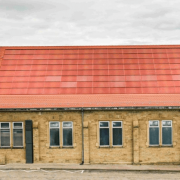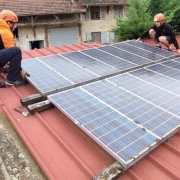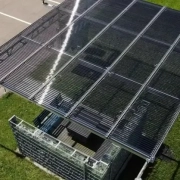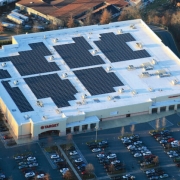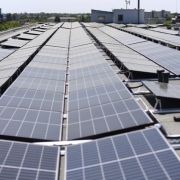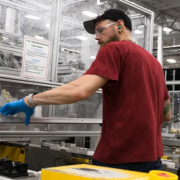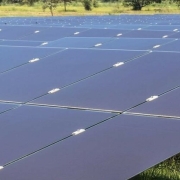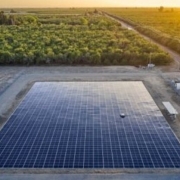Matching the color of solar modules to the building roof or facade they are installed onto can further increase social acceptance of building-integrated photovoltaics (BIPV), according to new research.
The joint study, from the University of Freiburg’s Institute of Psychology and the Fraunhofer Institute for Solar Energy Systems, features two surveys investigating which solar module designs are accepted on different buildings.
The findings are presented in the research paper “(Not) in my city: An explorative study on social acceptance of photovoltaic installations on buildings,” available in the December edition of Technology in Society.
Click here to read the full article
Source: PV Magazine
—
If you have any questions or thoughts about the topic, feel free to contact us here or leave a comment below.

